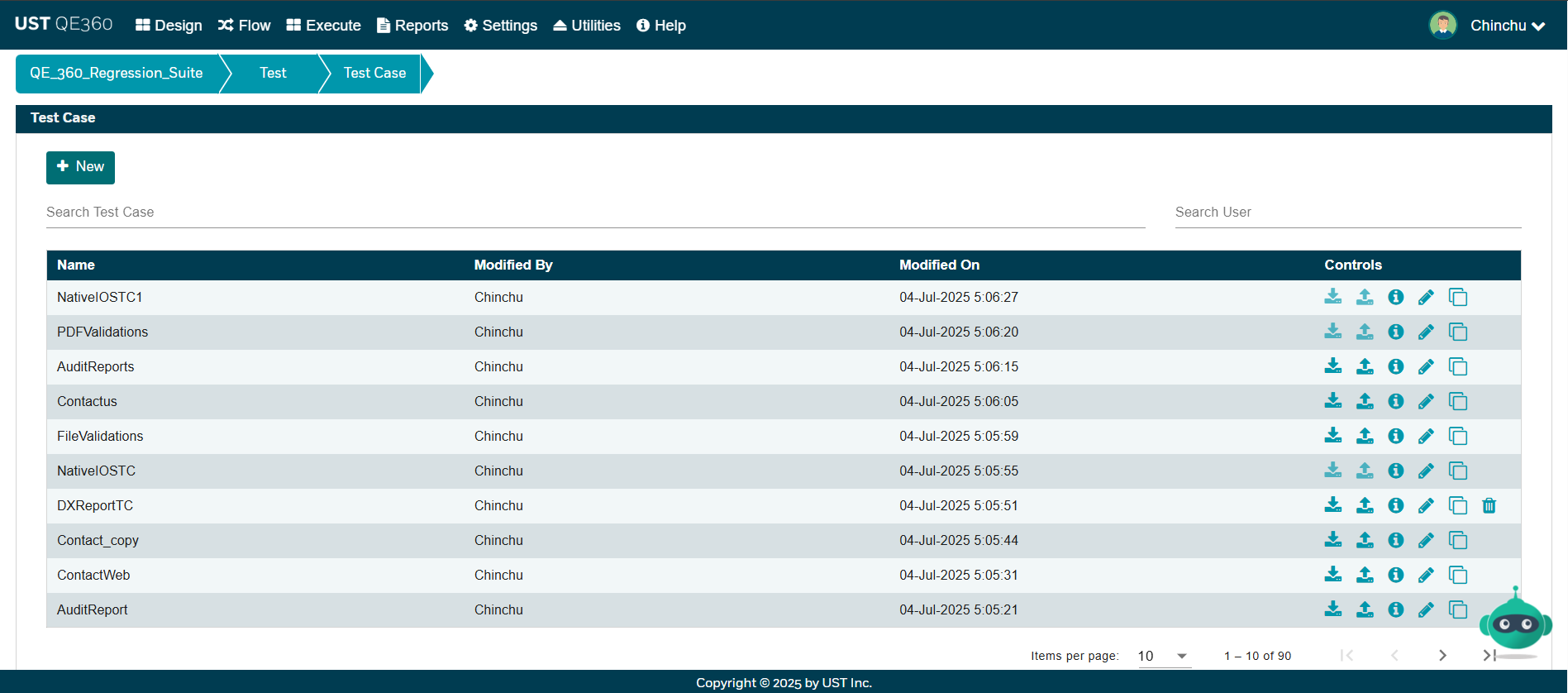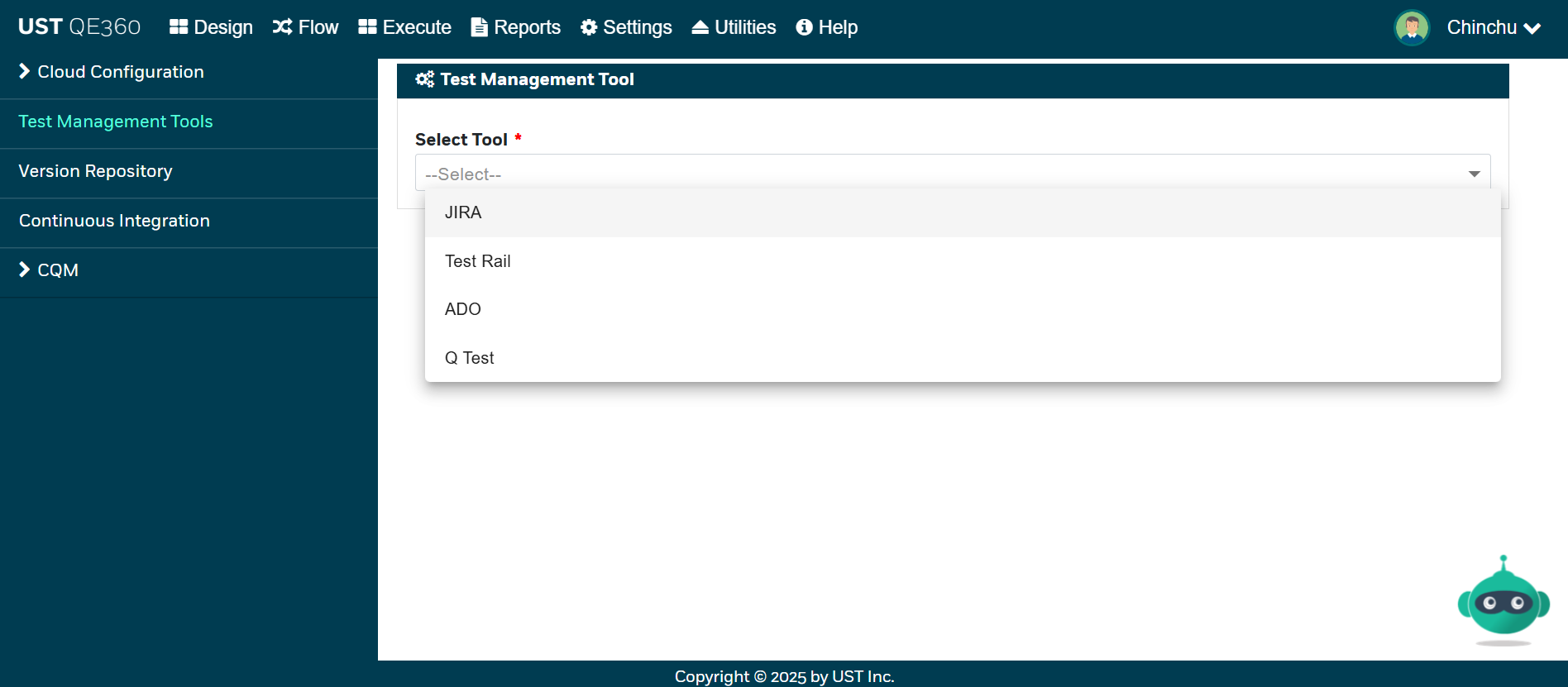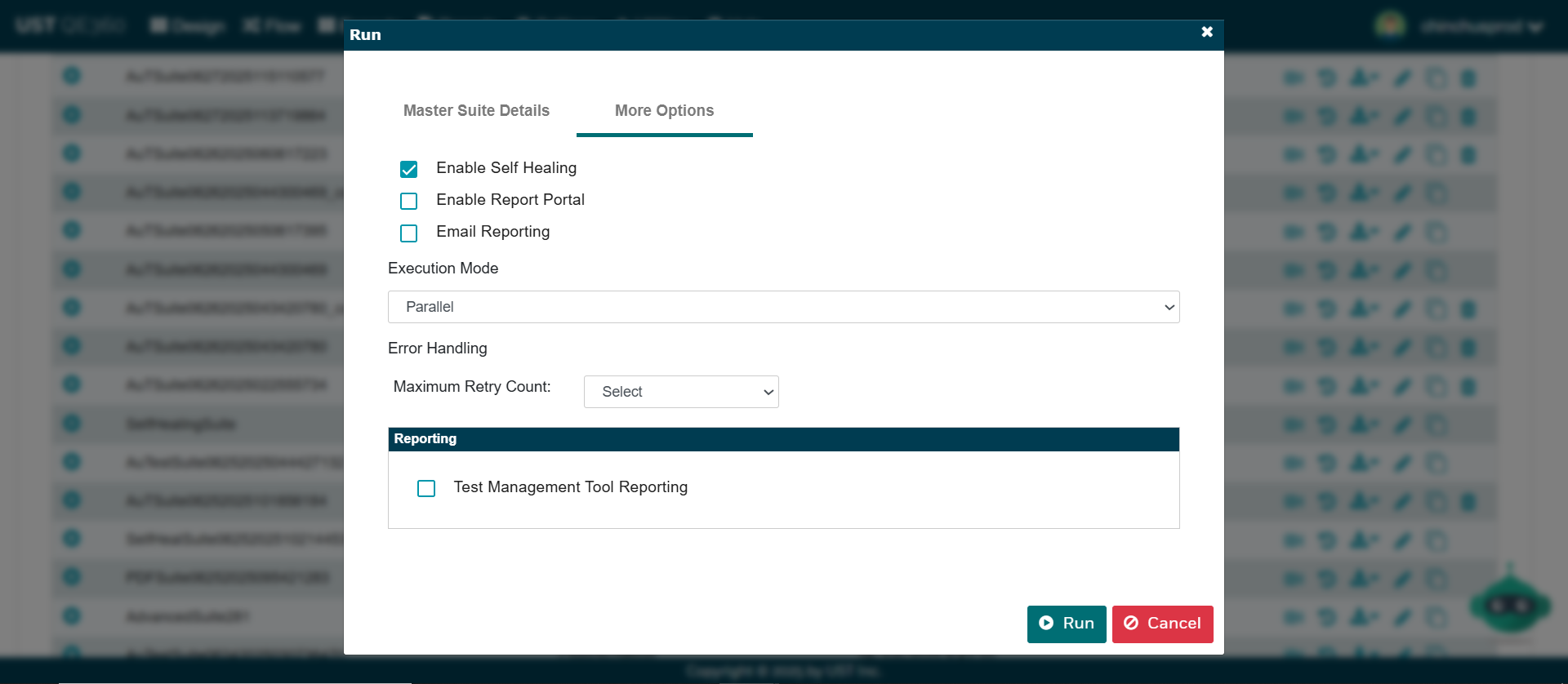As enterprises grow, so do their systems sprawling across multiple business units, platforms, and geographies. Scaling test automation in such environments is no longer a nice-to-have option. It’s critical to maintaining velocity, stability, and quality at scale. However, many organizations still struggle to do it right.
This article explores how leading enterprises have successfully scaled test automation, what common pitfalls to avoid, and how platforms like QE360 make it possible to test smarter, not harder.
The enterprise challenge: Complexity and chaos
Testing in an enterprise environment means dealing with:
- Diverse tech stacks (web, mobile, mainframe, SAP, APIs)
- Cross-system dependencies and third-party integrations
- Multiple teams, roles, and geographies
- Frequent releases driven by Agile, DevOps, and CI/CD
Traditional script-based automation simply doesn’t scale under these conditions. Manual test upkeep becomes a full-time job, and siloed teams often reinvent the wheel. The result? Flaky tests, missed defects, and slow time-to-market.
How QE360 enables scalable test automation
QE360 was built from the ground up to address the challenges of enterprise-scale automation. Here’s how it empowers teams to scale with confidence:
- Modular test design with reusability
QE360 promotes a component-driven approach, where test steps and objects are designed once and reused across multiple test cases and modules. This reduces duplication, simplifies updates, and promotes consistency.

Example: A global insurance provider used QE360 to create reusable test components for claims, underwriting, and policy modules. When UI changes were introduced, only a handful of components needed updates, saving hundreds of test cases from breaking.
- Multi-platform and cross-tech automation
QE360 supports Web, SAP, Mainframe, Mobile, APIs, and Windows, all from a single platform. No plugins. No switching tools.

Example: A Fortune 500 logistics company automated order tracking and billing across mainframe, web, and SAP in the same test workflow, cutting test cycles by 60%.
- Concurrent team collaboration
Multiple testers, BAs, and developers can simultaneously build, execute, and analyze tests. QE360’s role-based access ensures secure, collaborative workspaces for distributed teams.
Example: A U.S.-based retail chain enabled 15+ testers to work concurrently across modules using QE360, achieving 95% test coverage in under 3 months.
- CI/CD and test management integration
QE360 integrates seamlessly with Jenkins, ADO, qTest, and other enterprise tools. This enables fully automated pipelines, with test triggers, result tracking, and defect creation built into your delivery workflow.

Example: A multinational bank integrated QE360 with its CI/CD setup, triggering nightly test suites that validated each core banking release — leading to a 40% reduction in production incidents.
- Self-healing + AI-powered stability
QE360’s AI-driven self-healing ensures test stability even when application UIs change. It uses intelligent locator matching and fallback strategies to auto-correct broken steps in real time.

Example: A healthcare SaaS provider using QE360 reduced test maintenance effort by 70% after implementing self-healing across all patient workflow tests.
Key takeaways from real-world implementations
Here’s what successful enterprises do differently when scaling test automation:
- Invest in reusability early
Treat test cases like modular code. QE360’s reusable component model ensures that once you’ve built it, you don’t rebuild it. - Centralize test assets
A single repository of objects, components, and test data reduces duplication and increases visibility. QE360’s project hierarchy and tagging make this effortless. - Automate across systems, not just screens
Many bugs appear at the integration level. QE360 supports end-to-end workflows across systems web-to-mainframe, API-to-database, mobile-to-cloud. - Empower business users
With QE360’s no-code interface, domain experts can contribute directly to designing or validating test flows without writing a single line of code. - Measure, improve, repeat
QE360 provides deep reporting test coverage, execution trends, and failure patterns, helping teams optimize continuously and scale intelligently.
Conclusion: Enterprise-ready testing, made simple
Scaling test automation isn’t about adding more scripts, it’s about building smarter workflows, reducing maintenance, and aligning QA with business velocity.
QE360 helps global enterprises:
- Standardize and scale automation across teams
- Reduce maintenance through intelligent features like self-healing
- Increase test coverage without increasing test fatigue
- Deliver reliable releases faster
Fewer failures. Greater efficiency. Enterprise confidence.


